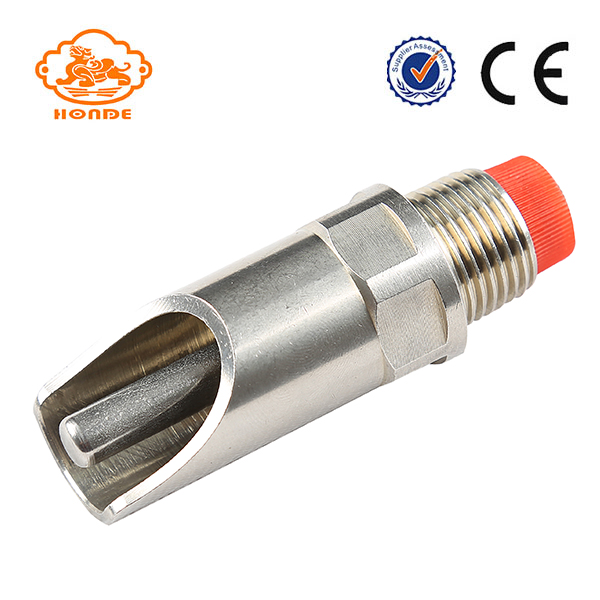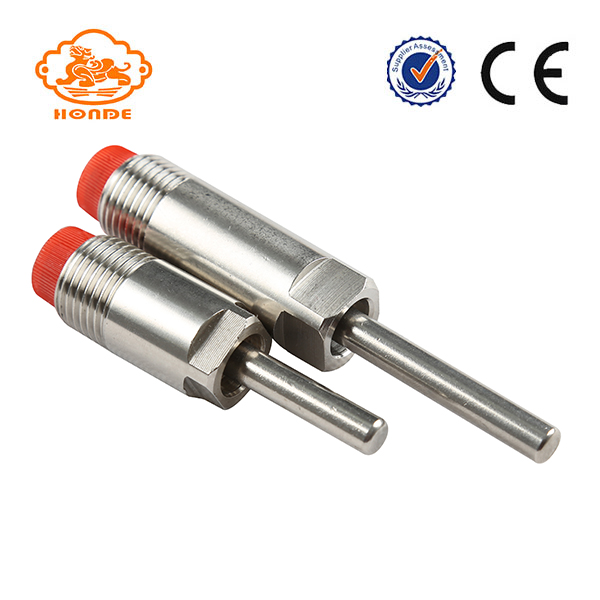Canine sputum (CSF) enzyme-linked immunoassay kit instruction manual
purpose of usage:
This kit is used to determine the content of strontium (CSF) in canine serum, plasma and related fluid samples.
Experimental principle
This kit uses the double antibody sandwich method to determine the level of canine distemper (CSF) in the specimen. The microplate was coated with purified canine sputum (CSF) antibody to prepare a solid phase antibody, and sputum (CSF) was sequentially added to the microcapsule of the coated monoclonal antibody, and then combined with HRP-labeled sputum (CSF) antibody to form an antibody. - Antigen-enzyme-labeled antibody complex, after thorough washing, was added to the substrate TMB for color development. TMB is converted to blue under the catalysis of HRP enzyme and converted to the final yellow color by the action of an acid. The depth of the color is positively correlated with the enthalpy (CSF) in the sample. The absorbance (OD value) was measured with a microplate reader at a wavelength of 450 nm, and the concentration of canine sputum (CSF) in the sample was calculated from a standard curve.
Kit composition
1 | 20 times concentrated washing solution | 20ml × 1 bottle | 7 | Stop solution | 3ml × 1 bottle |
2 | Enzyme standard reagent | 3ml × 1 bottle | 8 | Standard product (120ng/L) | 0.5ml × 1 bottle |
3 | Enzyme label coated plate | 12 holes × 4 | 9 | Standard dilution | 1.5ml × 1 bottle |
4 | Sample diluent | 3ml × 1 bottle | 10 | Instruction manual | 1 copy |
5 | Developer A solution | 3ml × 1 bottle | 11 | Sealing film | 2 sheets |
6 | Developer B solution | 3ml×1/bottle | 12 | sealed bag | 1 |
Specimen requirements
1. The specimens should be extracted as soon as possible after collection, and the extraction should be carried out according to the relevant literature. The experiment should be carried out as soon as possible after extraction. If the test cannot be performed immediately, the specimen can be stored at -20 °C, but repeated freezing and thawing should be avoided.
2. Samples containing NaN3 could not be detected because NaN3 inhibited horseradish peroxidase (HRP) activity.
Steps
1. Dilution of standard: This kit provides one original standard, which can be diluted in a small tube according to the following chart.
60ng/L | Standard No. 5 | Add 150 μl of standard dilution to 150 μl of the original standard |
30ng/L | Standard No. 4 | Add 150 μl of standard dilution to 150 μl of standard #5 |
15ng/L | Standard No. 3 | Add 150 μl of standard dilution to 150 μl of standard #4 |
7.5ng/L | Standard 2 | Add 150 μl of standard dilution to 150 μl of Standard #3 |
3.75ng/L | Standard No. 1 | 150 μl of Standard 2 is added to 150 μl of standard dilution |
2. Adding samples: set blank holes separately (the blank control wells are not added with the sample and the enzyme standard reagent, the other steps are the same), the standard holes, and the sample holes to be tested. Accurately load 50 μl of the standard on the enzyme-labeled plate, add 40 μl of the sample dilution to the well to be tested, and then add 10 μl of the sample to be tested (the final dilution of the sample is 5 times). Add the sample to the bottom of the well of the microplate, try not to touch the wall of the well, and shake gently to mix.
3. Incubation: The plate was sealed with a sealing film and incubated at 37 ° C for 30 minutes.
4. Liquor: 20 times concentrated washing solution diluted with distilled water 20 times and used
5. Washing: Carefully remove the sealing film, discard the liquid, dry it, fill each well with the washing solution, let stand for 30 seconds, then discard it, repeat 5 times, and pat dry.
6. Add enzyme: Add 50 μl of enzyme labeling reagent to each well, except for blank wells.
7. Incubation: The operation is the same as 3.
8. Wash: Operate the same as 5.
9. Color development: add 50 μl of color developer A, and then add 50 μl of color developer B, gently shake and mix, and color for 15 minutes at 37 °C.
10. Termination: 50 μl of stop solution was added to each well to stop the reaction (the blue color turned yellow).
11. Measurement: The absorbance (OD value) of each well was measured in sequence with a blank air conditioner of zero and a wavelength of 450 nm. The measurement should be carried out within 15 minutes after the addition of the stop solution.
The Pig Nipple Drinker It is a new product for animal husbandry. With our nipple drinker, pigs can be fed very easily. You do not have to feed pigs one by one, pig nipple drinker will provide all the pigs with water. The quality of our products is good, we promise to use for more than five years, and the price is very good. For anyone, this is very easy to use. The only thing you need to do is put it into the tube, and then all the pigs can enjoy the water, you can enjoy your free time. When the pig bites it, it supplies water. When the pig does not bite it. Stop water supply, save water, keep water quality fresh.
We can also make products according to customer's requirements. Customizing your special use is our advantage.


Pig Nipple Drinker
Pig Nipple Drinker,Nipples Water Drinking,Water Saving Pig Nipple Drinker,Nipple Drinker For Pigs
HuangHua FengYi Honde Metal Factory , https://www.farrowingcratesfromchina.com

